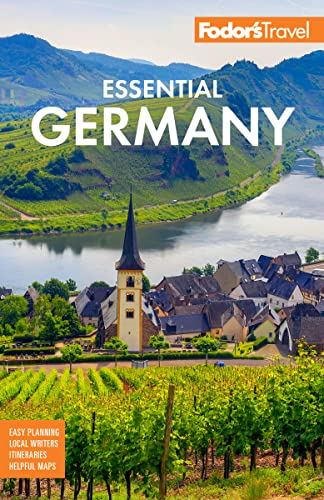The baroque city of Würzburg, the pearl of the Romantic Road, shows what happens when great genius teams up with great wealth. Already a Celtic stronghold in 1000 BC, the city was founded as a bishopric in 742. Beginning in the 10th century, Würzburg was ruled by powerful (and rich) prince-bishops, who created the city with all the remarkable attributes you see today.
The city is at the junction of two age-old trade routes, in a calm valley backed by vineyard-covered hills. Festung Marienberg, a fortified castle on the steep hill across the Main River, overlooks the town. Constructed between 1200 and 1600, the fortress was the residence of the prince-bishops for 450 years.
Masterworks created by artists like Giovanni Battista Tiepolo abound in the city, including the Tilman Riemnschneider–designed tombstone of Prince-Bishop Rudolf von Scherenberg in the Romanesque St. Kilian church. The city is also home to the Residenz Palace, one of around 40 sites in Germany that has been recognized by UNESCO as a World Heritage Site.
Present-day Würzburg is by no means completely original. On March 16, 1945, seven weeks before Germany capitulated, Würzburg was all but obliterated by Allied saturation bombing. The 20-minute raid destroyed 87% of the city and killed at least 4,000 people. Reconstruction has returned most of the city's famous sights to their former splendor. Except for some buildings with modern shops, it remains a largely authentic restoration.






